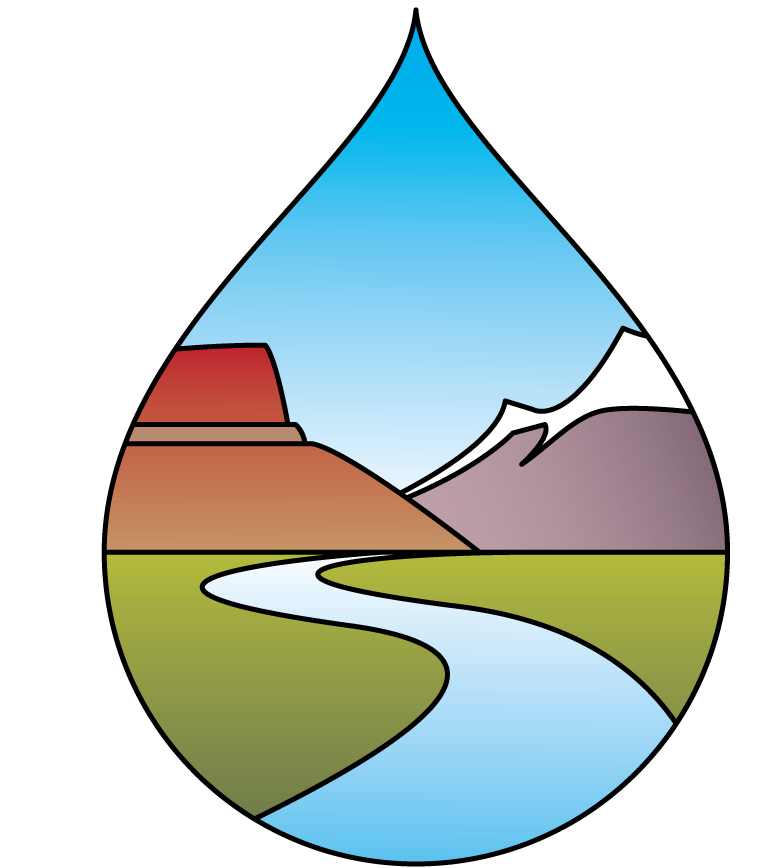A SURVEY OF STATE PROGRAMS

Western State Water Program Capabilities Assessment Survey & Report
Click here for more about the report and maps of state capabilities.
The data collected by states, how they collect it, and how they store it is highly variable. As a foundational step, a survey was issued by the State Capabilities Assessment Workgroup to all WSWC members to determine common elements between state water planning programs, IT capabilities, preferred platforms, and challenges to aggregating disparate datasets. The survey provided a comprehensive inventory of state curated datasets, and served to highlight both the similarities and differences between programs. The results were collated into a report, with an extensive data and methodology inventory in the appendix, a short presentation that serves as a visual executive summary, and a series of related maps that portray the current status of state water planning programs.
Because of spatial, temporal, and methodological differences used by the states, the data shared in WaDE do not present a regional, comparable picture of water supply and use in the West. Now that data are flowing within the WaDE Portal, the WSWC and its member states can begin to address how to migrate state agency workflows to include more similar products. They can also begin to make recommendations on policies and procedures that will need to be put into place within their states to support such an integrated, westwide view of water.
The one of the goals of the WaDE program is to enable comparable and regional analyses of water availablility and use across state boundaries.

STATE AGENCY DATA
The survey allowed WSWC to target specific datasets that the
states are generating for publication.
Findings of the Survey: Similarities
The survey found that all states are administering water rights and permits (allocations) using a database management system, some with geospatial information. Generally, some states are tracking some withdrawals/diversions, and estimating consumptive uses. Some states have the ability to summarize or aggregate this data geospatially. Most states have basins, aquifers or regions that require special management or have restrictions or constraints to water development or other water transactions. Many states are managing some streamgages and groundwater monitoring wells.
Findings of the Survey: Data Gaps
The survey found that, while state agencies are generating some data for specific regions, it’s not always across the entire state, or on a repeating basis. Many states review water supply and availability as part of their permitting process, but these are performed on a site-specific and ad hoc basis. Often times the results are not used again or integrated into a larger watershed scale view of water availability. While most states have water rights in databases, and some diversion information, fewer have programs for tracking actual use (consumptive uses) and return flows.
State water data is variable in spatial and temporal scale. Some states have high-resolution data, some do not. Methodologies for estimating important water availability and use figures also vary significantly. These are significant barriers to truly comparable regional analysis. Despite this difficulty, the survey found that state data can be grouped into three major categories of data:
-
Summarized/Aggregated Data – These types of data are usually prepared for and found in watershed or basin plans, or state water plans. It is a derived data product published by the state for planning purposes and to convey the general status of water for that region.
-
Detailed/Site-Specific Data – These data are more site-specific in nature and may have a latitude/longitude value associated with them. Their inclusion allows for tracking of water from the point where water is allocated to the actual point(s) of withdrawal, to a place of use, and then a possible return flow (where the water rejoins the natural hydrologic cycle).
-
Hydrologic Sensor Data – These data are the basis of many of the products listed above. They are diverse in what they monitor, and can include (but are not limited to) streamgaging, groundwater wells, water quality, snowpack, precipitation, etc. The formats for continuous, time series based data are becoming more standardized, and will comprise “big data” for water.
WaDE DATA CATEGORIES
Data are organized and can be extracted from the participating state agencies’ WaDE “nodes” based on their category.

- Estimates of physical water supply for wet, normal, or dry years
- Legally available water during wet, normal, and dry years
- Summaries of water use (withdrawals and/or consumptive use) by sector
- Regulatory constraints at play in the basin

- Water rights/permits (allocations)
- Diversions/Withdrawals
- Consumptive Uses
- Return Flows

Adopted standards exist for sharing time series data, and for continuous monitoring data. These datatypes are not currently available in WaDE, but their incorporation will be targeted for Phase II of the program.
Other open water data programs are also working to address methods for sharing sensor-based data. Please review the WSWC’s Open Water Data resources for more information.
RECOMMENDATIONS
Based on the survey, WSWC has made a few recommendations for achieving
greater levels of interoperability between states going forward.
-
Expand water withdrawal and water use reporting programs to include regions and sectors/beneficial use categories within the state that are not yet assessed or are required to report. Implement or expand consumptive use and return flow estimation programs.
-
Modify or expand the workflow processes the states are already providing to review physical and legal water availability at basin and state-wide scales. Augment data-gathering to include monthly, seasonal, and annual timeframes.
-
Facilitate a state-by-state dialogue or repository for terminology relevant to the legal processes behind state management of water resources, as well as physical and environmental data vocabulary. For data that are shared in WaDE document data origins, data quality, confidence, error, and other metadata so that users can make informed decisions.
-
More generally, encourage states to review WaDE targeted data for possible inclusion in program efforts. Encourage the use of standard spatial scales for the most common workflow products.
